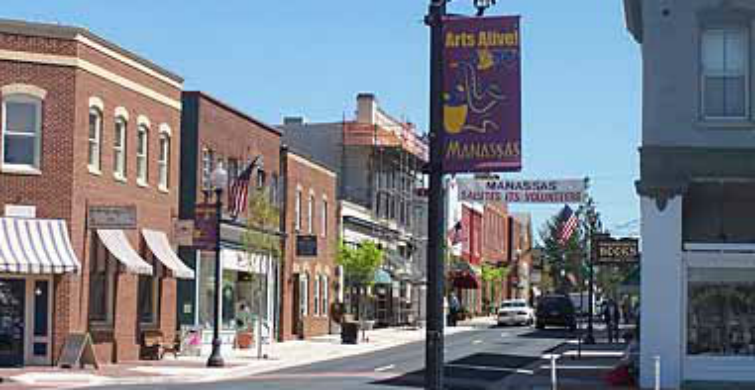Economic Life in the Swing Spots

Update (06/09/2021): PolicyMap now has home sale data from Moody’s Analytics. Read more here.
When it comes to economic life, the swing areas highlighted by the New York Times article on Sunday share one thing in common – a strong percentage of residents working in the retail industry. In all five areas, retail shows up as one of the top three industries in which its residents are employed, at levels approximating national rates.
Median incomes vary widely from Fairfax County, Virginia with an estimated 2007 median household income of $95,590 to Youngstown, Ohio where it was $27,438. The higher income areas also tend to have higher home sale prices. The median price of a home in both Fairfax County and Las Cruces far exceeds three times the median household income (a general rule for home buyers). In Youngstown, the low household income is matched by a very similar low cost of a home.
The table below ranks the swing areas by median household income. Not surprisingly, as incomes decrease, the percentage of residents claiming the Earned Income Tax Credit (EITC) rise and the percentage subject to the Alternative Minimum Tax decreases.
|
Swing Area |
Employed People in 2007* |
Top 3 industries in which they work * |
Median Household Income in 2007 * |
Median Home Sale Price in 2006** |
Percent claimed EITC in 2005*** |
Percent subject to AMT in 2005**** |
|
|
556,936 |
Professional, Scientific, & Technical Services – 18.21% Public Administration – 12.52% Retail – 9.03% |
$95,590 |
$474,000 |
7.19% |
8.75% |
|
|
7,950 |
Agriculture – 23.52% Retail Trade – 11.34% Arts, Entertainment and Recreation – 9.23% |
$54,776 |
$141,994 |
12.86% |
1.17% |
|
|
37,594 |
Educational Services – 17.64% Retail Trade – 12.57% Public Administration – 9.37% |
$34,970 |
$158,402 |
30.84% |
.38% |
|
|
42,159 |
Health Care and Social Assistance – 15.38% Retail – 13.97% Construction – 8.62% |
$33,996 |
$97,729 |
31.4% |
.28% |
|
|
30,273 |
Manufacturing – 17.72% Healthcare and Social Assistance – 17.26% Retail – 12.43% |
$27,438 |
$28,427 |
29.14% |
.69% |
* Data from Claritas estimates
** Data from Boxwood Means
*** Nationally, 16.67% claimed Earned Income Tax Credit in 2005
**** Nationally, 2.95% were subject to Alternative Minimum Tax in 2005
Visit Friday for Part 2: Race and Demographics to see who lives in these swing areas and how that has changed over time.
This data is pulled from PolicyMap’s report function which summarizes data for customizable study areas for its subscribers.